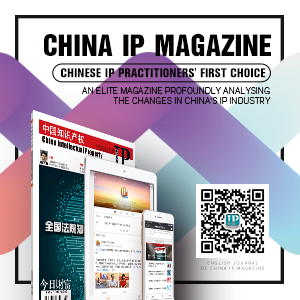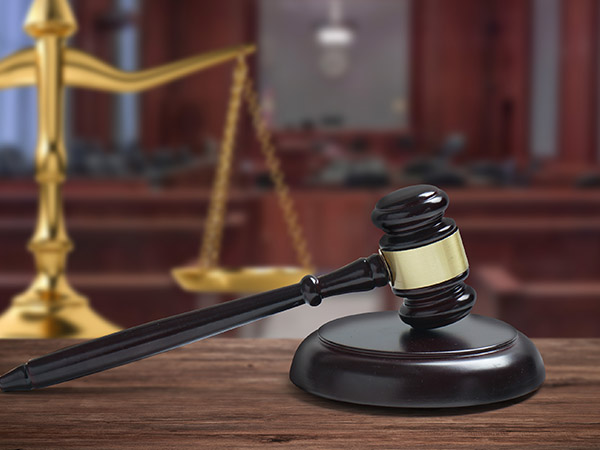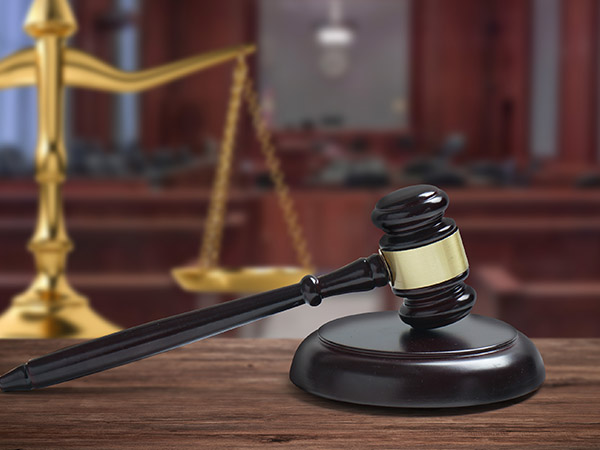The Provisions and Law Application of Confusion Behaviors Under the New Anti-Unfair Competition Law
By Aria Tian, Lawyer of Lusheng Law Firm
On January 1, 2018, the newly revised "Anti-Unfair Competition Law" (hereinafter referred to as the new ACL) came into effect. This is the first revision in 24 years and adjusts the order of competition in the market given the new economic and technological backdrop of modern China. The content involved is very detailed. This article selects only the first two paragraphs of Article 6 for analysis.
On January 1, 2018, the newly revised "Anti-Unfair Competition Law"(hereinafter referred to as the new ACL) came into effect.
This is the first revision in 24 years and adjusts the order of competition in the market given the new economic and technological backdrop of modern China. The content involved is very detailed. This article selects only the first two paragraphs of Article 6 for analysis.
The Law of the People's Republic of China against Unfair Competition[1993 version] (hereinafter referred to as the old ACL): Article 5.
to use, without prior permission, the same or similar names, packages, decorations of well-known brand name products so as to mislead buyers;
to use, without prior permission,the names of other enterprises so as to mislead buyers;
New ACL:
Article 6 A business operator shall not perform any of the following confusing conduct that may lead people to mistake its products for another business operator's products or to believe certain relations exist between its products and another business operator's products:
unauthorized use of a mark that is identical or similar to the name,packaging or decoration of another business operator's commodity,which enjoys influence to some extent;
unauthorized use of another business operator's corporate name(including its shortened name,trade name, etc.), the name of asocial organization (including its shortened name, etc.), or the name of an individual (including his/her pen name, stage name, translated name, etc.), which enjoys influence to some extent;
Compared with the original clauses,the new clauses have the following characteristics: First, the names of products, packaging and decoration,business names and person's name which were clearly protected by the new ACL are limited to "having a certain influence"; secondly,explicit protection not only includes"direct confusion" ("misleading as someone else's goods") but also"indirect confusion" ("having a specific connection with others"). The following will discuss the legal application of these two issues separately.
Product's name, packaging or decoration
As we all know, trademarks can obtain exclusive rights through registration. But a lot of goods have a certain uniqueness in the market after long-term marketing on logos, labels,names, packaging and so on. These logos, Labels, names and packaging have accumulated goodwill, and consumers will gradually use them as identifying labels that determine the source of the goods. These unregistered identifiers, which are essentially unregistered trademarks,play a guiding role in consumer shopping and must be protected. This is the basic legal principle for the protection of the packaging and decorating of goods by the ACL.
"Well-known" to "a certain influence", the standard has not changed
Article 5 (2) of the old ACL, "Name,Package and Decoration Peculiar to Well-known Goods" is replaced with"name, package and decoration with certain influence". By using "certain influence" and removing "famous",expands the scope of commercial identification. "Well-known goods" is modified to "certain influence" at the same time.
Judging from China's previous judicial decisions, such as the Ferrero case, or the ACL and related judicial interpretations, the specific recognition and protection of well-known goods are all based on the recognition and protection of trademarks.
The expression "certain influence"first appeared in trademark law and was subsequently elaborated in the judicial interpretation.
Opinions of the Supreme People's Court on Several Issues Relating to Trial of Administrative Cases Pertaining to Licensing of Trademark and Authentic Right defines a"trademark with certain influence"as stipulated in Article 31 of the Trademark Law as "a trademark known to a certain public body of a certain scope". It stipulates that there is "evidence of a certain duration of continuous use, region, sales or advertising, etc., and can be identified as having a certain influence back then." Article 2, Paragraph 2 of the Provisions of the Supreme People's Court on Several Issues Concerning the Trial of Cases of Confirming Power in Conforming to Trademark Authorities (December 12, 2016) has similar provisions.
As mentioned earlier, the fact that the packaging and decorating of goods is essentially an unregistered trademark, and is of the same nature as the "trademark with certain influence" in Article 32 of the Trademark Law, it is necessary to maintain the same expression. Therefore, the newly revised law adopts the word "certain influence",and for the recognition of "certain influence", it should be the same standards with that for previous"well-known" trademarks.
Whether the standard has changed due to the disappearance of "uniqueness"?
Another change to this rule is the deletion of the "uniqueness"requirement of the old AML.
In the past legal practice, there cognition of the protection of the packaging and decorating of goods generally needs to consider both the popularity and the uniqueness.According to Several Issues Concerning the Applicable Laws in the Trial of Unfair Competition Civil Cases Interpretation by Supreme People's Court (Hereinafter referred to as "anti-unfair competition interpretation)","distinctiveness" refers to the name of a commodity that has distinctive characteristics that distinguish the source of the goods.
In the case of Jia Baobao and WangLaoji Red Cans, the Supreme People's Court held that "the packaging and decorating involved in the selection and combination of design elements such as color, text and design presents a certain uniqueness and non-functional effect of the product visual effects and salient features. By long-term and large-scale promotion and actual use by the operators, the instructional functions of the packaging sources involved in the packaging and decoration can be further strengthened. "The packaging in this case has the "uniqueness ".
It is precisely because the packaging and decorating is unique to the product, the use of the similar packaging results in confusing the public. The reason why the"certain influence" is protected is essentially that the unique name has played a role as the source of the trademark, and needs to be avoided to stop confusion among consumers. This shows that the protection of a distinctive name of well-known goods is based on the name's function of distinguishing the source of the goods. Only with a certain distinctiveness, having a certain market visibility, and can help consumers to choose the goods, the distinctive name can be protected.
The old ACL distinguishes the distinctive names, packaging,decorating and well-known goods. Inj udicial practice, the plaintiffs need to prove that the commodities are well-known. This also establishes that their unique names as well as packaging and decoration have a certain influence. The decoration is not generic, and the combination with the right-holder's merchandise or trademark has created a fixed perception in the consumer's mind that serves as a source of product identification. This allows the product to be legally protected as an unregistered trademark.
Therefore, although this amendment removes the word "uniqueness", we think that in judicial practice, the requirements for names,packaging and decorating are still the same as under the previous law.
Overall, although the new ACL has been amended or deleted in writing, it is consistent with the trademark law. In our opinion, there is no change in the standards for determining the name, packaging and decorating of goods subjective to new ACL's protection, and will still follow previous judicial practice.
Enterprise Name
As a business logo, an enterprise name can play a role in differentiating the sources of products and services,and is a valuable intangible asset. Paragraph 2 of Article 6 of new ACL adds the expression of "have a certain influence". At the same time,it clearly states that a business name includes its abbreviation, brand name and so on.










